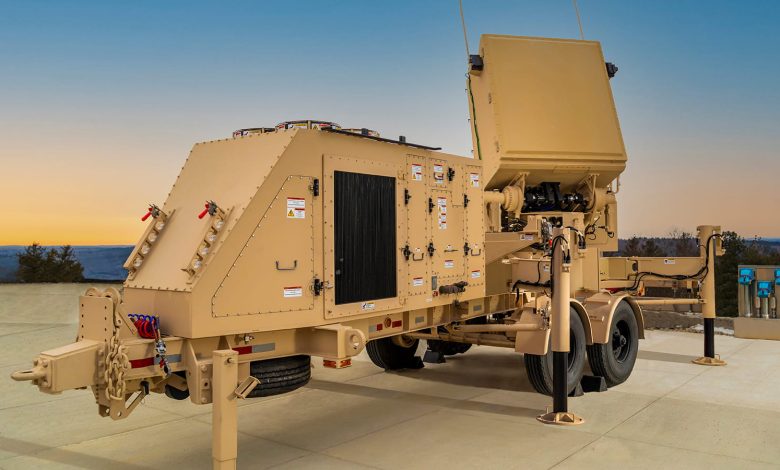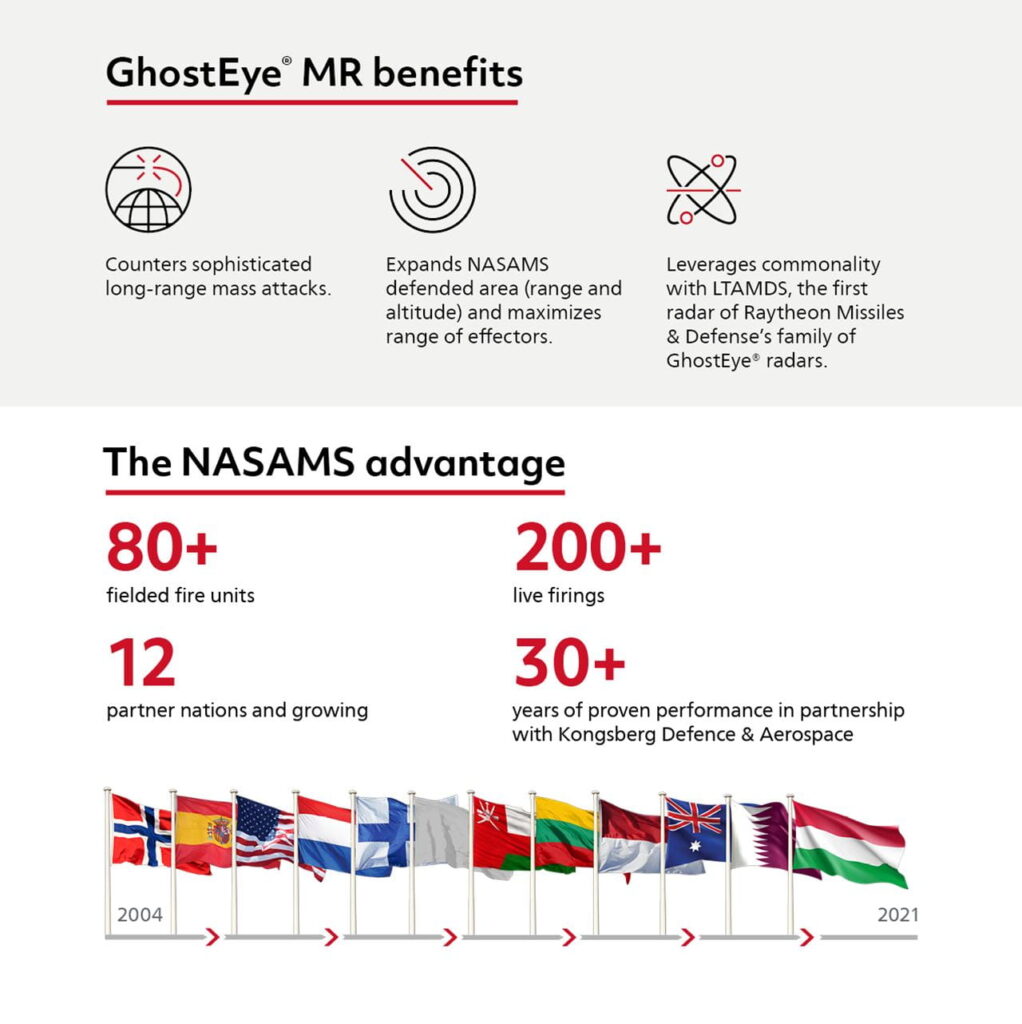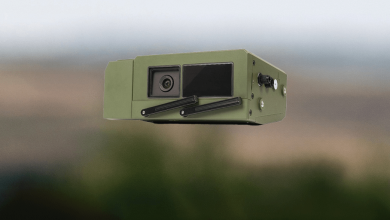
Phantom Shield: Revolutionizing Medium-Range Air Defense with Innovative Radar Technology
The newest member of the Raytheon Missiles & Defense GhostEye® radar family addresses surging adversarial threats.
In the realms of aerial and missile defense, the danger is multifaceted and continually evolving.
Currently, this is particularly applicable to the medium-range operational domain, which has witnessed a surge in hostile cruise missiles, UAVs, and both fixed-wing and rotary-wing aircraft.
“Today’s battlefield progresses at a breakneck speed, and it’s filled with a vast array of threats,” stated Joe DeAntona, a retired U.S. Army colonel now serving as vice president for Land Warfare and Air Defense needs and capabilities at Raytheon Missiles & Defense. “Decisions must be made in seconds – not minutes or hours.”
Modern missile defense transcends mere velocity, asserted DeAntona, who has dedicated over 30 years to air and missile defense. He noted that armed forces also demand radars capable of 360-degree visibility, able to search, track, distinguish, and direct interceptors against various threat types.
Integrates with a proven system
Raytheon Missiles & Defense, or RMD, is providing GhostEye MR radar for integration with the National Advanced Surface-to-Air Missile System, known as NASAMS.
This medium-range air defense solution, developed in collaboration with Kongsberg Defence & Aerospace, has been operational for over three decades and is currently utilized by the U.S. and 11 allied nations. The extensive adoption of NASAMS “demonstrates the utmost confidence from a global clientele,” DeAntona remarked.
GhostEye MR “integrates seamlessly with NASAMS, taking that system to unprecedented heights,” explained Lindsay Viana, director of ground-based air defense on RMD’s Requirements and Capabilities team.
“This radar enhances the operational range and altitude that the established NASAMS protects, significantly boosting the overall effectiveness of the air defense mission,” Viana continued.
As a critical element of NASAMS, the sensor optimizes the operational range of that system’s effectors – including RMD’s Advanced Medium Range Air-to-Air Missile Extended Range version, or AMRAAM‐ER – enhancing accuracy and performance.
Notably, GhostEye MR’s combination of two pivotal technologies – active electronically scanned array, or AESA, and military-grade gallium nitride, or GaN – grants the sensor a substantial advantage.
“With the addition of GhostEye MR, we broaden battlespace coverage to encompass the full kinematic envelope, or operable area, of the AMRAAM‐ER effector,” Viana asserted.

Leveraging LTAMDS commonality
As the latest innovation in RMD’s GhostEye radar collection, the medium-range sensor capitalizes on commonality with the Lower Tier Air and Missile Defense Sensor, or LTAMDS, technology being developed for the U.S. Army.
“The framework of our GhostEye radar series is scalable and modular, facilitating a broad spectrum of missions,” DeAntona stated, adding that “these advancements are currently being integrated into the GhostEye MR mission set. It’s all logistically streamlined, cost-effective, and effortless to integrate.”
Raytheon Missiles & Defense enhances and extends capabilities through secure software upgrades utilizing “software-defined aperture” digital technology – akin to that used in updating smartphones, but significantly more advanced. Moreover, there’s no need to remove the radar from the field for these upgrades.

Adaptability and interoperability
As advanced threats evolve, so does NASAMS with GhostEye MR. The system’s open architecture facilitates technological adaptations and updates that empower it to confront adversaries in the continuously expanding medium range.
Another significant asset is its interoperability – the ability to communicate with other systems – for bolstering strategic agility and flexibility.
“This is vital, and NASAMS possesses it,” remarked DeAntona. “NASAMS fulfills all NATO interoperability criteria. It can interact with other weapon systems on the NATO network – operating in real-time.”
Simultaneously, GhostEye MR is on a fast track toward integration within NASAMS. For example, it has already been cleared to be part of that system’s fire direction-and-control loop. Raytheon Missiles & Defense employed a comprehensive digital design environment encompassing the radar’s physical and functional characteristics, as well as modeling and simulation, to evaluate its effective performance across various mission scenarios.
The sensor is presently undergoing open-air testing and multi-mission demonstrations. The data gathered through these events is being utilized to improve the accuracy of the digital design models.
“When GhostEye MR searches for a target,” DeAntona noted, “it does so with such fidelity and precision that it can deliver the effector the real-time information it requires to take action.”







